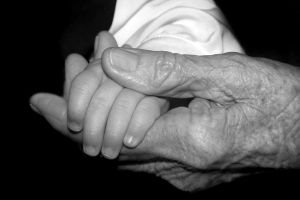Cod Liver Oil, Outgrown Shoes and Visitors – Foster Care History 1940s – 1950s
Long before foster care organizations like Foster and Adoptive Family Services were established, life was very different for foster children and foster parents than it is today. This information on Foster Care History in the 1940s – 1950s is reprinted from the New Jersey Foster Parents Association’s (now known as Foster and Adoptive Family Services, or FAFS) twentieth anniversary program.
Foster Care History – Medicine, Nutrition and Clothing
 A 1942 publication of “A Home Should Provide” by the State Board of Child Guardians, suggested to foster parents that “Cod liver oil should be given to children under four years of age from September through May, and in certain instances throughout the year.” (Cod liver oil was thought to boost the immune system and protect children from colds and flu.)
A 1942 publication of “A Home Should Provide” by the State Board of Child Guardians, suggested to foster parents that “Cod liver oil should be given to children under four years of age from September through May, and in certain instances throughout the year.” (Cod liver oil was thought to boost the immune system and protect children from colds and flu.)
Back then, the agency provided milk to foster children through contract with a delivery company and foster parents had to advise the agency promptly if the milk delivery was irregular in coming.
Clothing for children in foster care was provided through a large supply house run by the Board. Foster parents were urged to carefully measure their foster children twice a year so their clothing requests could be submitted. Foster parents also had to plan for a child’s foot growth at least once a month in advance to be sure that a replacement pair of shoes could be obtained in time. Continue reading


